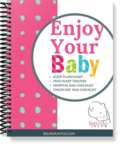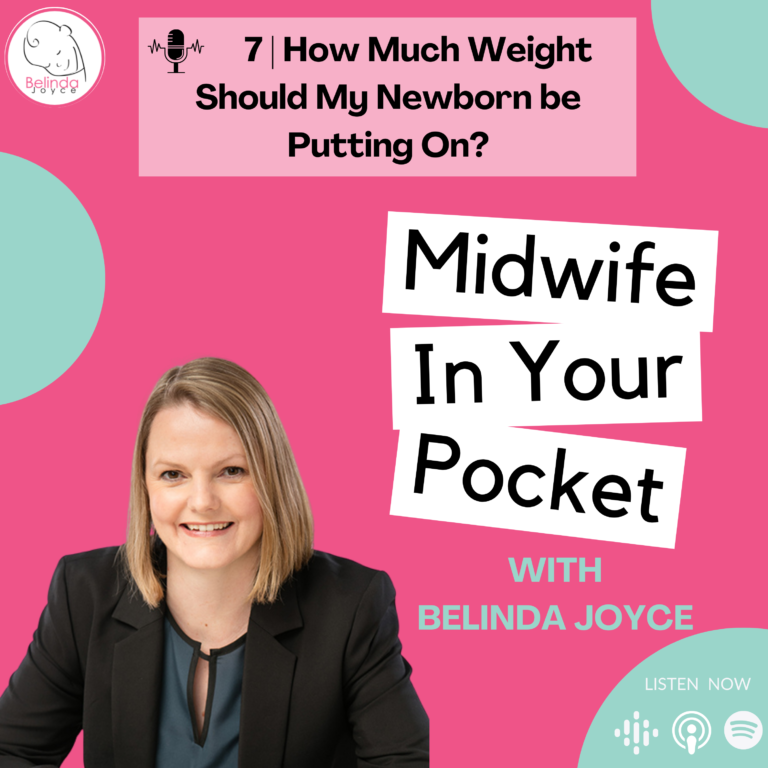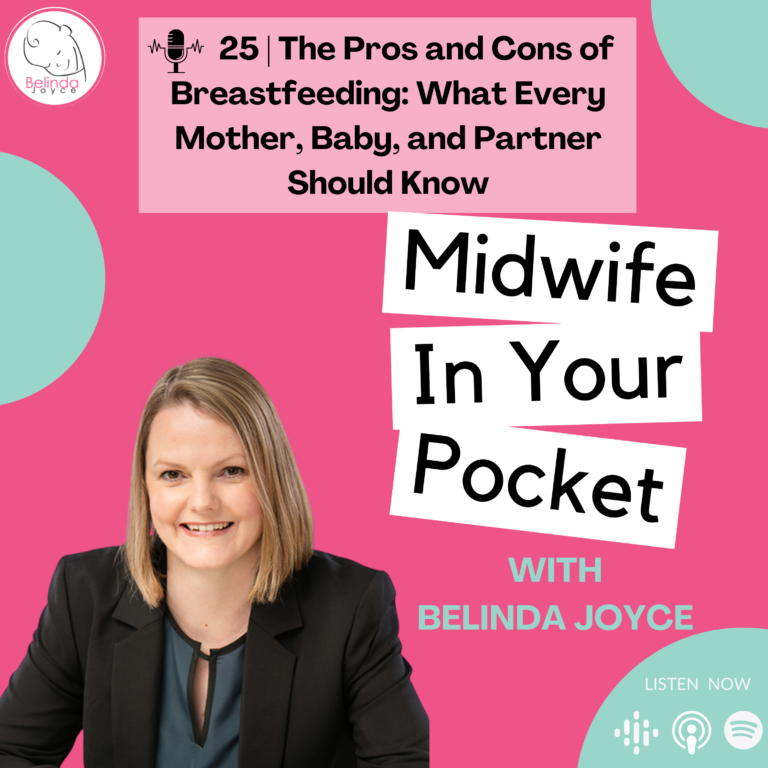Am I Losing My Milk Supply?
Am I Losing My Milk Supply?
Low breastmilk supply is one of the most common reasons for quitting breastfeeding.
In the early days and weeks of breastfeeding many mothers feel like their breasts are full and heavy. Then around 6 weeks after the birth when the milk supply is more established their breasts may feel more comfortable and softer even though they still have plenty of milk to feed their baby.
Around this time, I often have mothers say to me “I think my milk is drying up!”

DISCOVER HOW TO SURVIVE & ENJOY YOUR BABY!
 The pack is full of checklists and printables to help you improve sleep challenges with our flowchart, decide what to take to hospital, what equipment is essential, what to put in your nappy bag and so much more
The pack is full of checklists and printables to help you improve sleep challenges with our flowchart, decide what to take to hospital, what equipment is essential, what to put in your nappy bag and so much more
Please get some expert advice from a lactation consultant before quitting to assess your breastfeeding and supply, as sometimes there is plenty of milk.
“I think my milk is drying up!”
If your baby continues to breastfeed well, is contented after a feed and is growing well (weight, length and head circumference) there is no need to change anything. Be reassured by your lactation consultant, midwife, child health nurse or doctor.
However, if your baby is no longer satisfied after a breastfeed or their growth has slowed down it is worth seeing your health professional for advice. A consultation with a lactation consultant may be able to pinpoint the problem, they will generally observe a full breastfeed and give recommendations as well as assist with positioning and attachment. Often you will receive a breastfeeding plan for the next few days or week and then go back for follow up.
Initially it is best to continue with breastmilk alone but occasionally some infant formula is needed due to inadequate nutrition and faltering growth. Formula should only be introduced after consultation with a lactation consultant and your doctor to rule out any medical concerns that may be causing the lack of growth.
There should be a plan put in place to only use the formula as a top-up to a breastfeed. The aim would be to get back to fully breastfeeding as supply is improved. Some babies will always require some formula and there is nothing wrong with that. Any amount of breastmilk is beneficial for both mother and baby.

If your baby is demanding more frequent feeds than usual, this on its own does not indicate low supply but your baby may be going through a growth spurt and by demanding more frequent feeds for a few days will increase your supply to meet their new requirements.
Output is another way to gauge how much milk is going in, your baby should have a minimum of 5 heavy wet nappies a day.
Some causes of low supply:
- Poor attachment: baby does not remove as much milk and does not stimulate the supply well enough.
- Infrequent breastfeeding or expressing, baby in special care nursery etc.
- Scheduled or timed feeding.
- Breastmilk slow to ‘come in’ after birth.
- Commenced solids and reduced breastfeeds.
- Sleeping through the night and reduced feeds.
- Maternal illness.
- Polycystic ovaries (PCOS).
- Thyroid problems.
- Retained placenta or membranes.
- Not enough glandular breast tissue possibly from breast surgery.

How to increase your supply:
- Evidence shows that by far the most effective way to increase your milk supply is to breastfeed or express more often which drains or empties the breast and increases milk production.
- See a lactation consultant for assessment.
- Let your baby finish the first side before moving to the second side.
- Switch breastfeed from side to side allowing for multiple let downs.
- Offer a breastfeed anytime your baby shows any hunger signs such as hands to mouth, rooting/searching reflex.
- If you are expressing hire a hospital grade electric breast pump as these are stronger, more efficient and provide better stimulation.
- If after consulting your health professional your supply remains low, you could consider some herbs such as fenugreek and foods such as brewers yeast which have been shown anecdotally (rather than through scientific research) to increase supply in some cases. These are called ‘galactagogues’ and can increase prolactin levels and therefore increase supply.
Lactation cookies are generally made from these and some mums report an increased supply from these. You can either bake your own, there are recipes online or buy them ready made.
There are some medications such as domperidone that may help to boost milk supply, talk to your doctor about these as they can interact with other medications including over the counter medications and may cause unwanted side effects.
Again, more frequent breastfeeds are the most effective way to boost your milk supply. Most mothers are able to successfully breastfeed their baby with support. Please see a lactation consultant, child health nurse, midwife or doctor for support with breastfeeding.
Other breastfeeding blog posts:
What equipment and accessories do I need to breastfeed my baby?
Belinda’s book ‘Survive and Enjoy Your Baby, How to Find Your Path to Parenthood’ is available at all good book stores and from BelindaJoyce.com






